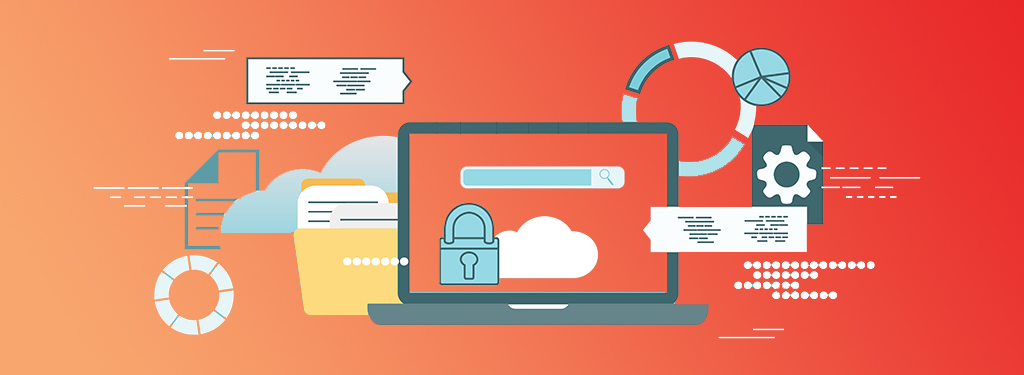
Bringing it all together
By Mr. Tejo Joseph
An overperforming application is always appreciated. But when it is combined with another overperforming application, you have an absolutely flawless combination. Here are a few insights on how application integration can make all the difference in the supply chain industry.
Application integration is the process of making IT systems, services and softwares work together towards a common goal. This is done by linking or connecting them together to perform their respective functions and contribute to the completion of a single task. The objective here is to improve productivity and the overall quality of operations by making the applications essentially talk to each other. The methodology of integration is typically approached when the need arises for a system to collate functionality that operates in tandem in order to streamline and speed up known processes.
Application integration process can be broadly classified into two categories – Vertical Integration and Middle Layer Integration.
In the first category, Vertical Integration, the amalgamation of applications is established by creating a point-to-point connection between them. More the number of applications involved, higher the complexity. Consequently, the data that is to be processed passes through a series of touch points before being produced with the outcome. As a result, the maintenance of such an integration may prove challenging, as the number of data transformation activities increases.
Integration in the second category is achieved through a middle layer which is generally termed as the Enterprise Service Bus or ESB. The ESB is designed to help isolate the applications from each other after the integration takes place. This provides great insulation between applications while still achieving tandem processing. More than that, it leaves enough room to add more processes and data validations into the mix.
In most cases, it is seen that the applications that are amalgamated with each other generally follow the same data format for message exchange. The data format that is followed could be prescribed as per the reigning industry standard or as agreed upon by the parties involved in the process.
Key benefits
Integration also brings some additional benefits that are not immediately evident. In the supply chain industry, time is key. The required data needs to be immediately available in order to facilitate analysis, report the relevant facts and consequently plan the next move. A supply chain organization involves multiple stakeholders and quick data flow is a must for the smooth functioning of the system. Integration in supply chain makes it easy to connect each stakeholder’s application and simplifies data sharing between them in real time.
Additionally, integration helps reduce human error and latency by taking over the process and automating it, boosting productivity. Data simplicity is also another advantage of integration, as the user interface is designed for ease of consumption and is also readily available for use. Another factor that improves turnaround time is the correctness and timeliness of data, which is complemented by the maintenance of data integrity throughout.
Data exchange between applications
Data exchange between integrated applications is inevitable and for the system to function smoothly, it is commonly expected to follow a standard messaging format. The exchange of data generally takes place in the form of Electronic Data Interchange (EDI) messages. Commonly used industry standard protocols for EDI are EDIFACT and X12. The integrated systems operate on the same data format for uniformity in data interchange- which can operate in the batch process or on per-transaction basis. Depending on the process that is incorporated, one should expect a reasonable delay in data processing. When it comes to file exchange, it can be done by accessing a common folder and transferring over the File Transfer Protocol (FTP) or Secure File Transfer Protocol (SFTP). While transferring files, opting for the Batch process is the most common approach and the preferred file formats are XML, CSV or Flat file.
Another common methodology of integration is through pre-programmed APIs that fall under the plug-and-play integration tactic. This transaction-based data exchange system delivers real-time or near real-time data exchange features and is the most common in the supply chain industry.
All in all, application integration in the supply chain is sure to boost the overall efficiency by not only streamlining processes but also circumventing the human-error factor to boost productivity. A company would never regret investing in these technologies, as long as they are careful not to over-invest in technology, in a bid to force-fit solutions to problems that may not need one.